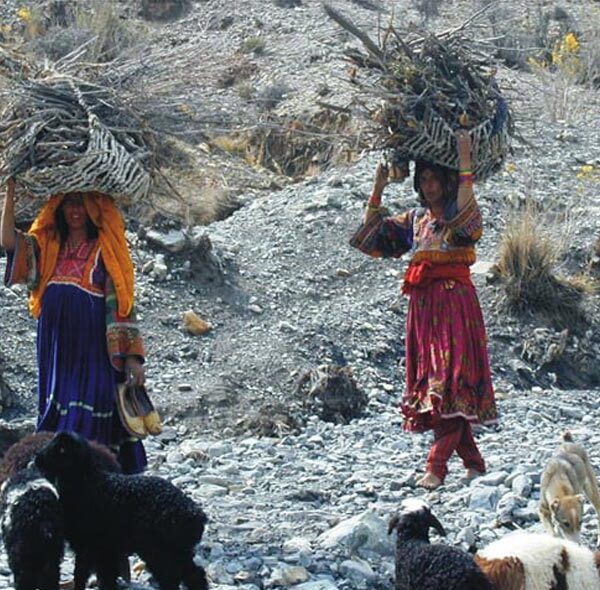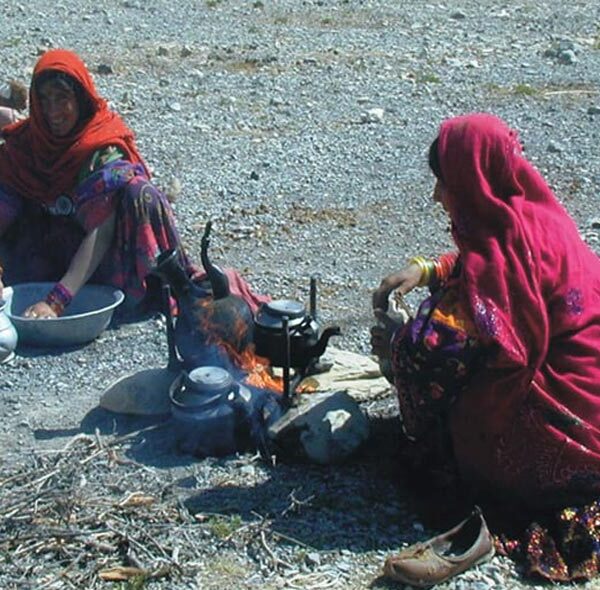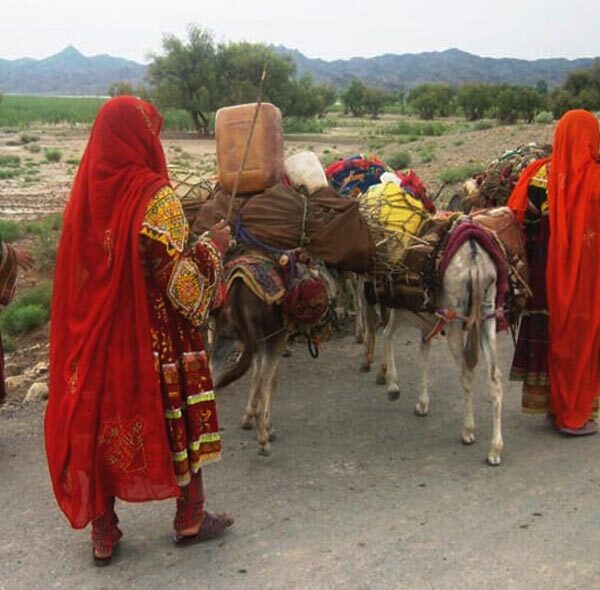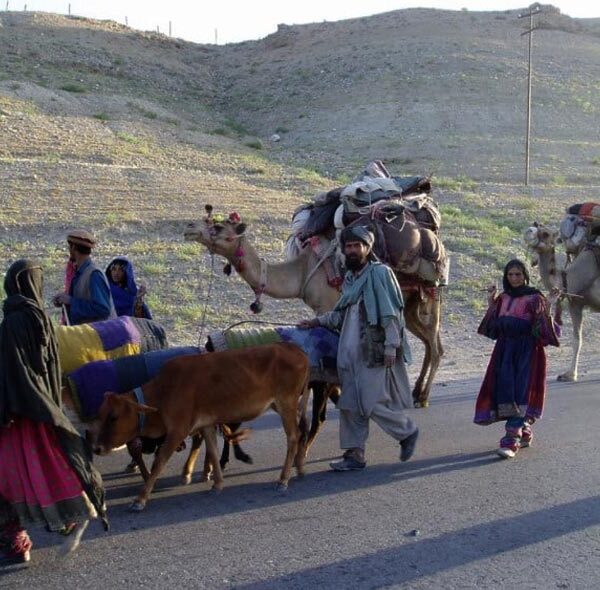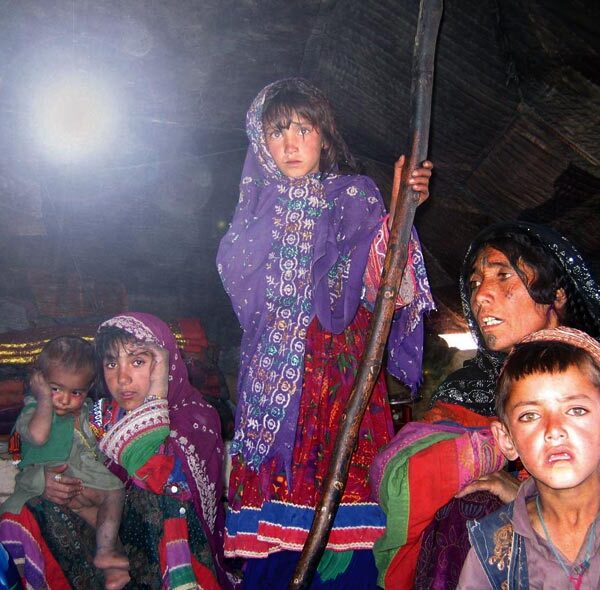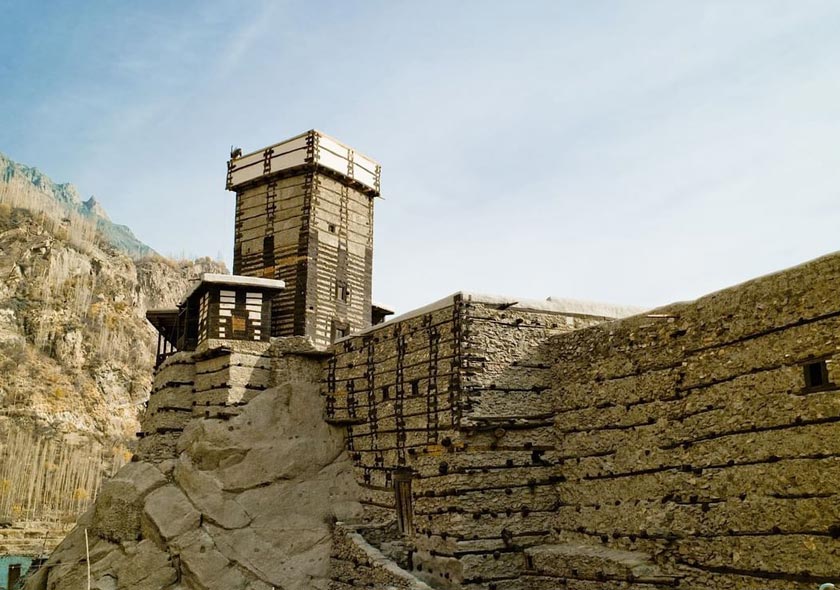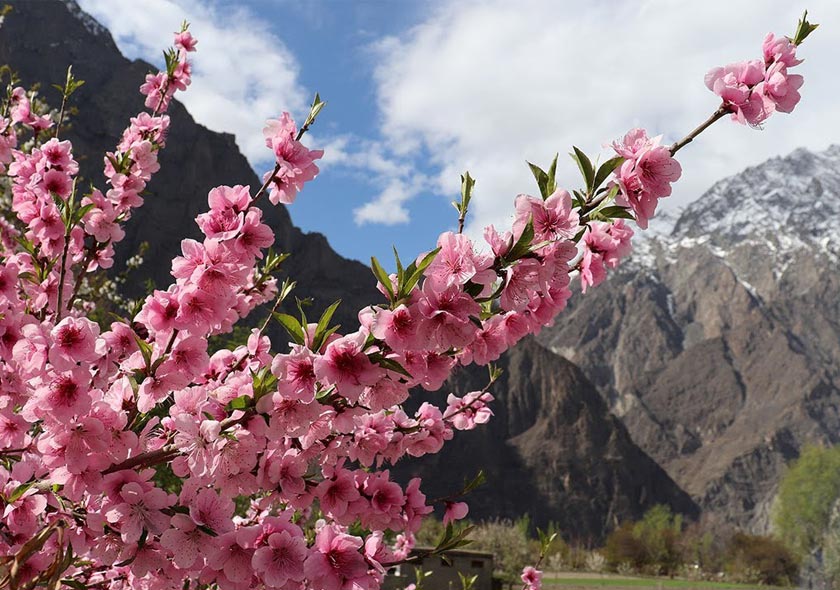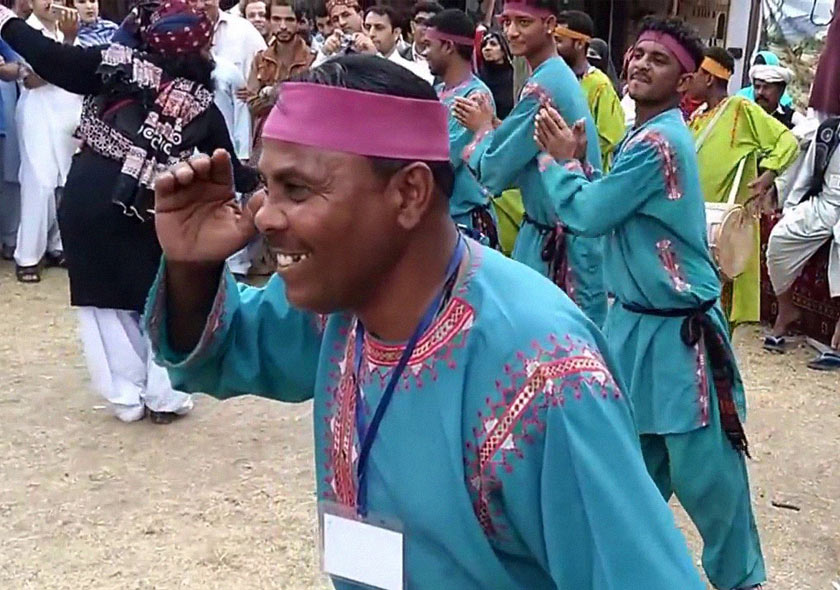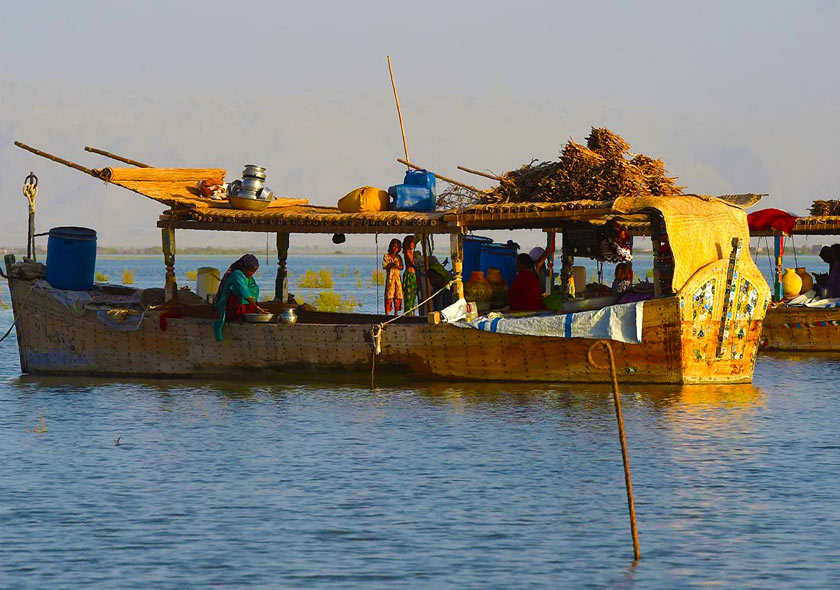Koochi people of Balochistan
Duration Days
Overview
Koochi people are pastoral nomads belonging primarily to the Ghilji Pashtuns. In the southern, western, and northern regions of Afghanistan, they are also referred to at times as maldar meaning the “herd-owner.”. Some of the most notable Ghilji Kochi tribes include the Kharoti, Niazi, Andar, Akakhel and Nasar Ahmadzai.
The National Multi-Sectoral Assessment of Kochi in 2004 estimated that there are about 2.4 million Koochis in Afghanistan, with around 1.5 million (60%) remaining fully nomadic; over 100,000 have been displaced due to natural disasters such as floods and drought in the past few years.
The nomads and semi-nomads, generally called Kuchi in Afghanistan, mostly keep sheep and goats. The produce of the animals (meat, dairy products, hair, and wool) is exchanged or sold in order to purchase grain, vegetables, fruit, and other products of settled life.
In this way, an extensive network of exchange has developed along the main routes annually followed by the nomads. The merchant Powindah (Ghilji) Pashtuns used to move annually from the Afghanistan mountains to the valley of the Indus. These long-distance migrations were stopped in the early 1960s when the border with Afghanistan and Pakistan was closed, but many Koochis are still allowed to cross as border officials recognize the Koochi migrations which occur seasonally and allow them to pass even in times of political turmoil.
In recent decades, migrations inside Afghanistan continue, although trucks are now often being used to transport livestock and family from one place to another.
Koochis historically abstained from politics, because they are nomadic, but under Afghanistan’s constitution, they were given ten seats in parliament. Provisions are written into the Afghanistan Constitution (Article 14) aimed at improving the welfare of Koochis, including provisions for housing, representation, and education. According to the United Nations High Commission for Refugees, before the 30 years of war, Koochis owned 30 percent of the country’s goats and sheep and most of the camels for years, and they were largely responsible for the supply of slaughtered animals, wool, ghee (clarified butter) to the national economy.
Koochis were also favored by the Kings of Afghanistan, who were themselves ethnic Pashtuns, since the late 1880s. They were awarded “firman,” or royal proclamations, granting them use of summer pastures all over Afghanistan including the northern parts of the country. The Koochis themselves see the northern minority groups as a non-Afghan race, and claim the Koochis were natives of the northern Afghan region, and that during many years of invasion such as Genghis Khan and Timur, they escaped south.
Koochis have been identified by the United Nations Assistance Mission in Afghanistan as one of the largest vulnerable populations in the country. As Afghanistan’s population grows, competing claims over summer pastures, both for rainfed cultivation and for grazing of the settled communities’ livestock, have created conflict over land across central and northern Afghanistan. There are communities of Pashtun Koochi origin in other parts of the world as well, including in the Caribbean, Africa, and Europe. In Pakistan, some Koochis are found in Khyber Pakhtunkhwa.


